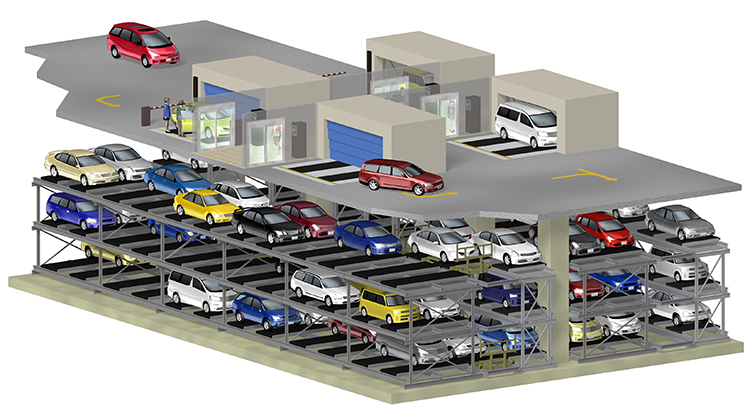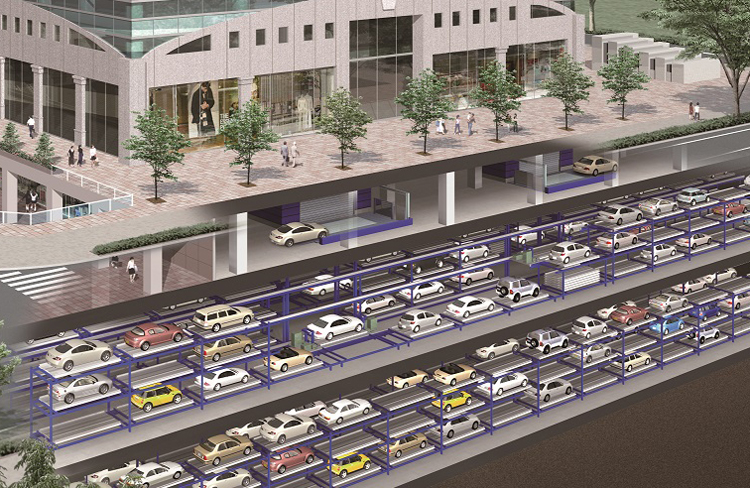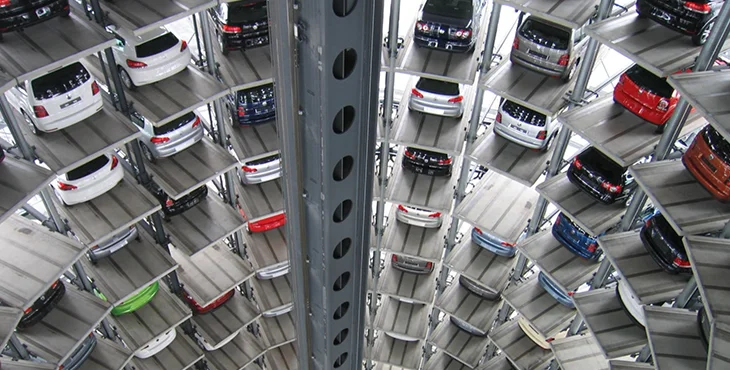In the heart of Japan’s bustling cities—from the neon-lit streets of Tokyo to the historic lanes of Kyoto—there’s a quiet revolution taking place, one that doesn’t roar like a bullet train or dazzle like high-speed internet, but instead whispers of efficiency, discipline, and design genius. Welcome to Japan’s smart parking revolution, a phenomenon that has turned something as mundane as parking a car into a global benchmark for order and innovation.

At first glance, it may seem simple: cars aligned perfectly within their spaces, often just centimeters apart, never touching the lines, never blocking access. But behind this laser-precise alignment lies a complex interplay of cultural values, urban necessity, and groundbreaking technology.
The Culture of Precision
What truly sets Japan apart is not just its technology, but the cultural mindset that supports it. Rooted in centuries of etiquette, respect for space, and communal harmony, Japanese drivers treat even the act of parking as a reflection of discipline and courtesy. There’s an unspoken social contract: stay within the lines, be mindful of others, and contribute to the collective order. This mindset translates into an astonishing visual—row after row of neatly parked cars, regardless of the chaos that might exist outside the garage or lot.

This extreme orderliness isn’t simply aesthetic—it’s highly functional. By maximizing every inch of space, Japanese cities can achieve up to 60% more usable parking area compared to loosely regulated lots. This efficiency eases traffic flow, reduces frustration, and accelerates entry and exit, even during peak commuting hours.
Technology Takes the Wheel
Complementing this cultural discipline is cutting-edge technology that has turned Japan into a world leader in smart parking systems. Automated parking towers, known as “mechanical parking systems”, are a common sight in densely populated urban areas. These vertical carousels stack cars like books on a shelf, significantly reducing the land footprint needed for parking and allowing structures to rise vertically rather than sprawl horizontally.
Japan also pioneered robotic valet systems, where a driver simply leaves their vehicle in a designated bay, and an AI-driven platform lifts, rotates, and stores the car in a secure spot. Retrieval is just as seamless—cars are delivered back to the bay within minutes. These systems not only save space but also eliminate human error and the need for extensive lighting or wide driving lanes.

Beyond the garages, smartphone-integrated systems allow users to check parking availability in real time, reserve spots in advance, and even pay digitally—minimizing wait times and maximizing efficiency. Many lots use sensors to guide cars to the nearest empty space, with colored lights or signage indicating availability.
Compact Cars, Big Thinking

Another contributor to Japan’s parking success is its compact car design philosophy. The popularity of kei cars—small, lightweight vehicles designed specifically for city life—not only reduces fuel consumption and emissions but also allows for tighter parking configurations. Paired with infrastructure that supports these vehicles, Japan has essentially re-engineered urban mobility from the ground up.
Lessons for the World
Japan’s parking system proves a powerful point: small changes in behavior, when paired with smart design and the right technology, can produce massive results. As cities around the world grapple with congestion, pollution, and limited space, many are turning to Japan’s model as a blueprint for urban planning.
What might seem like a minor aspect of infrastructure—parking—becomes, in Japan’s hands, a symbol of national ethos: precision, respect, innovation, and harmony. And in that quiet, perfectly parked stillness lies a lesson for the world: true progress often begins in the details.



